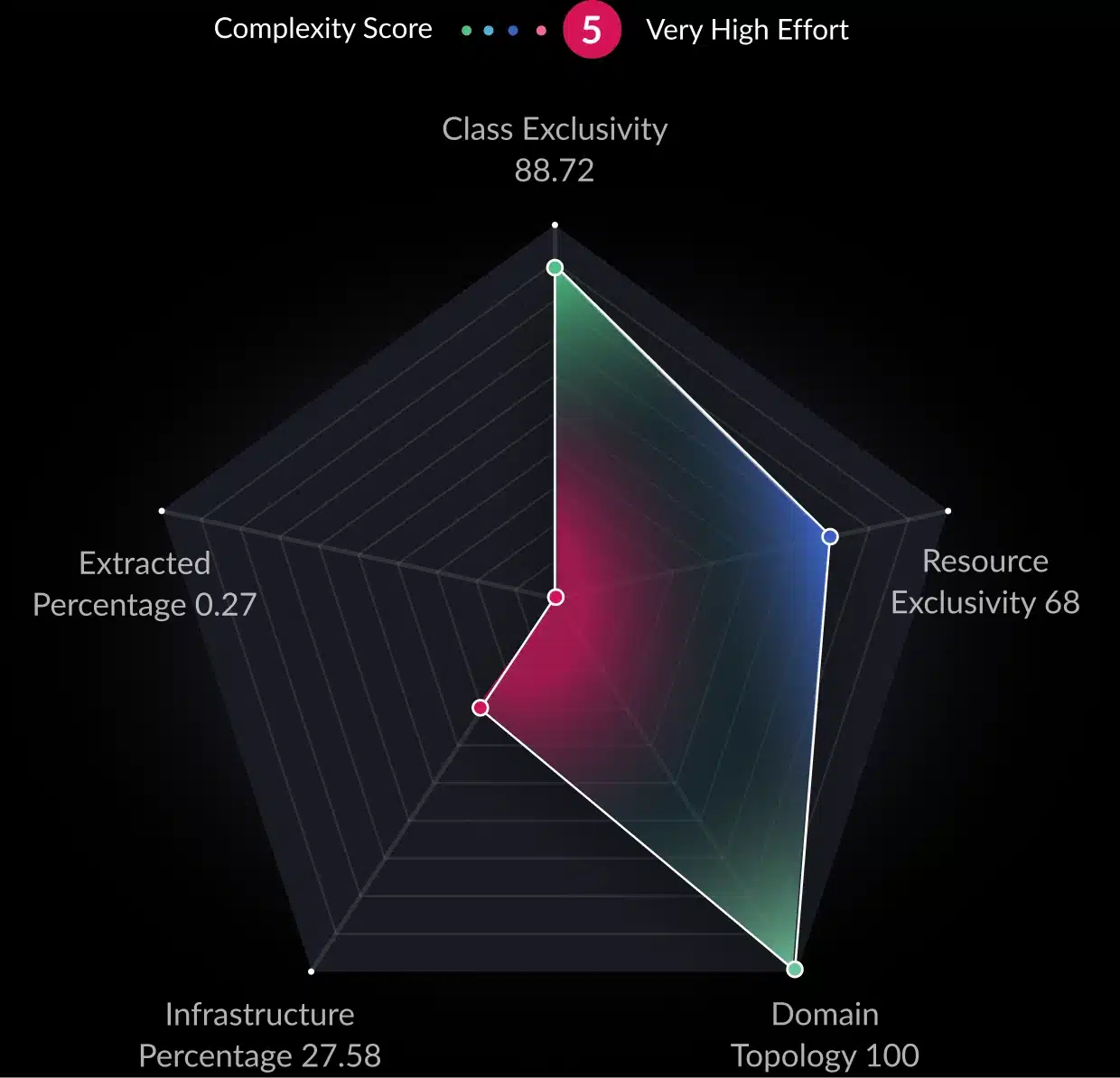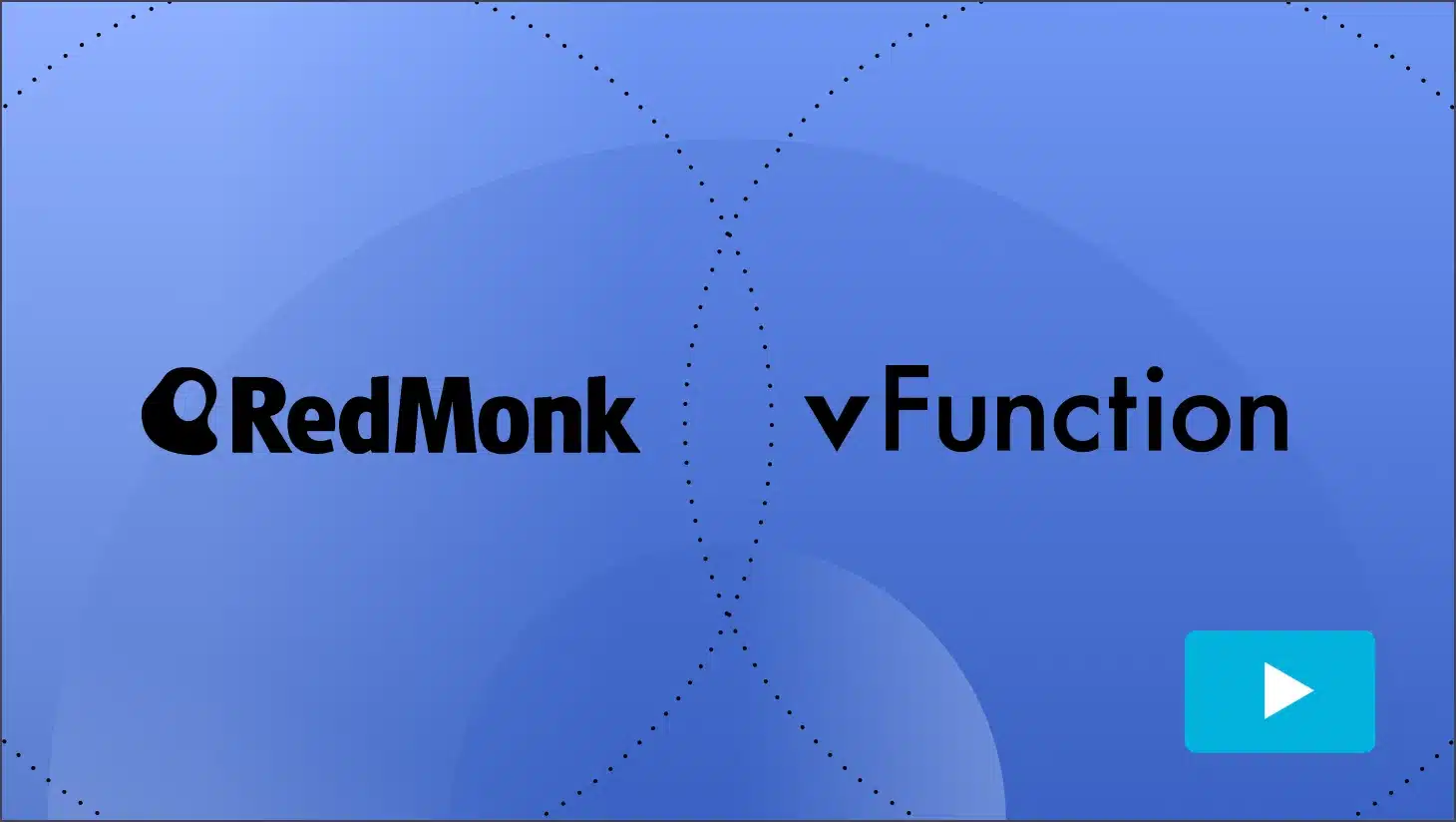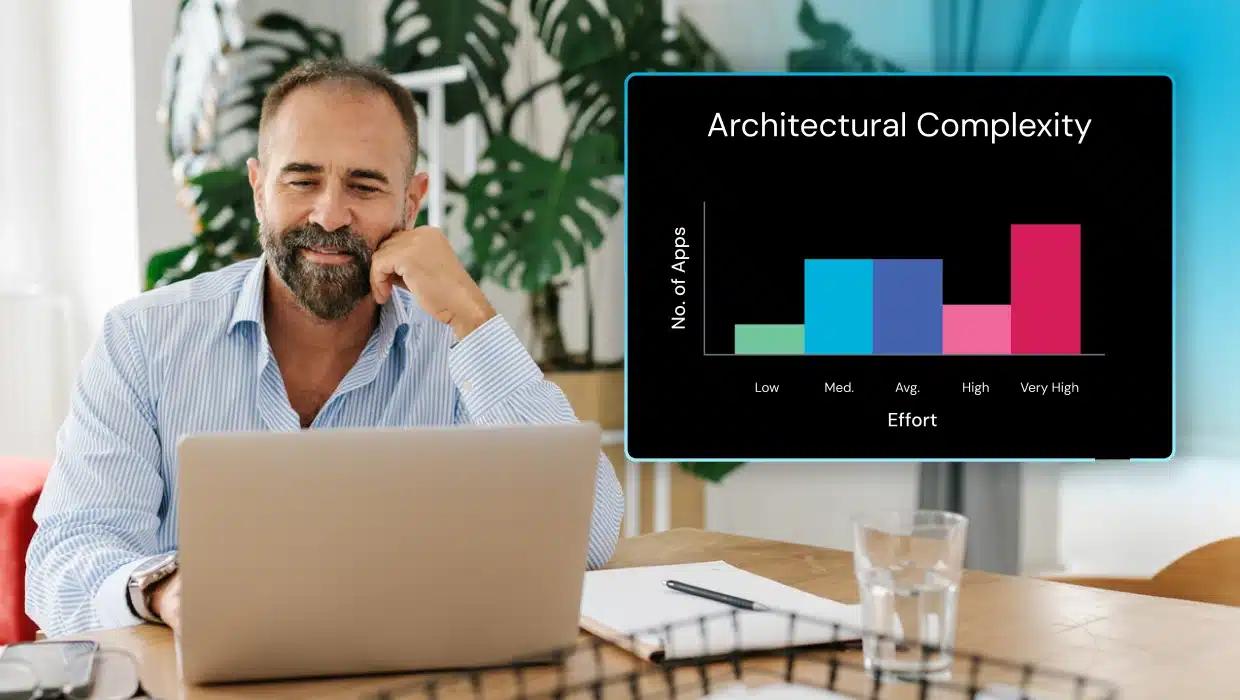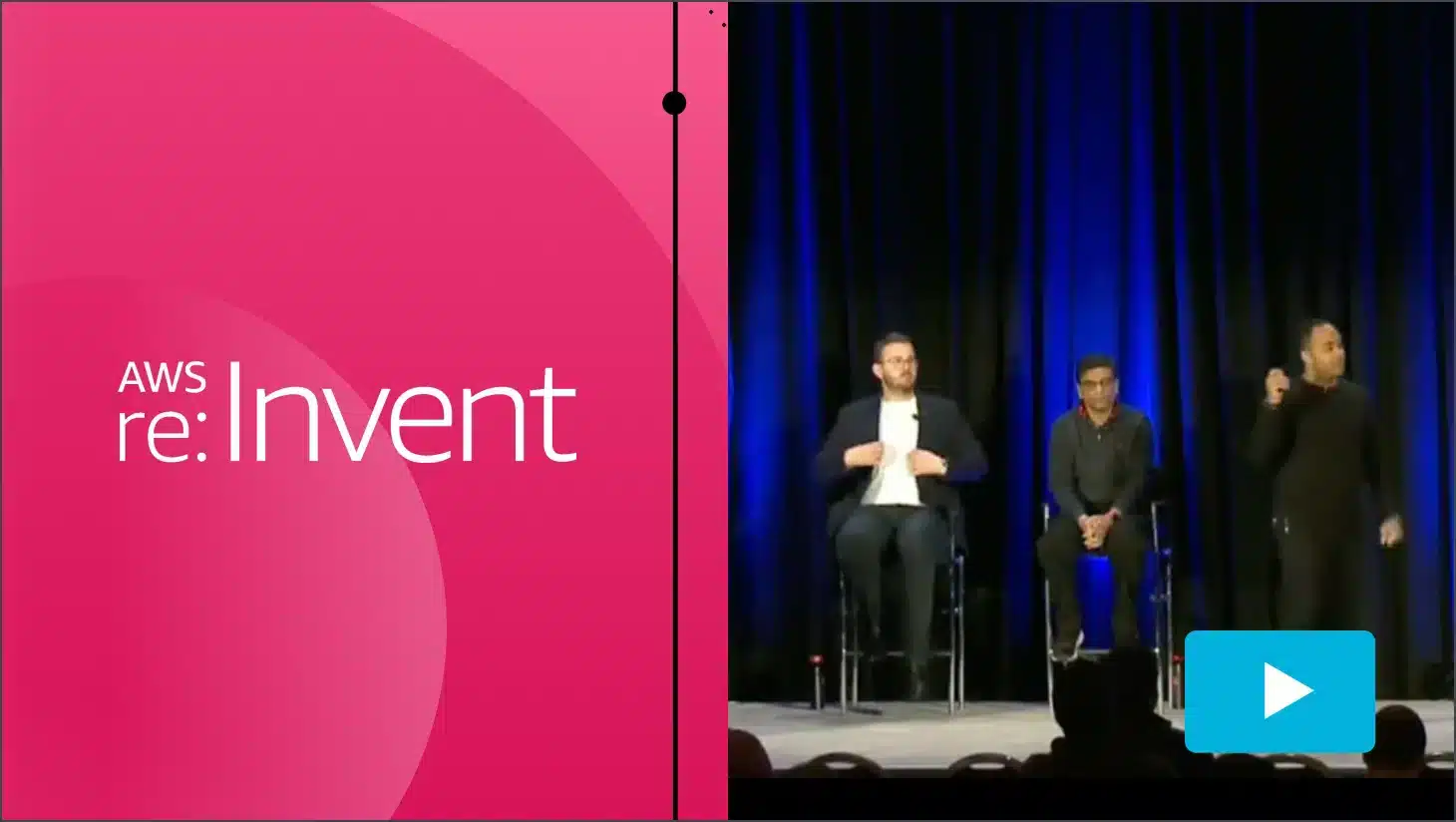Refactoring the Medrec application into microservices
Legacy Java applications are difficult to modernize. Enterprises rely on these monolithic apps to power their businesses but face an urgent mandate to move to the cloud and adopt a cloud native architecture. The following sections track the process of refactoring the MedRec application (also known as the Avitek Medical Records application), a monolithic WebLogic sample Java EE application, into microservices and deploying the new microservices on Oracle Container Engine for Kubernetes (OKE).








